
Android runs more than 70% of smartphones globally, according to StatCounter. Its influence is everywhere. But even loyal users have strong opinions. Some features keep them hooked, others wear their patience thin. Let’s start with what Android still gets right.
Customization And Personalization
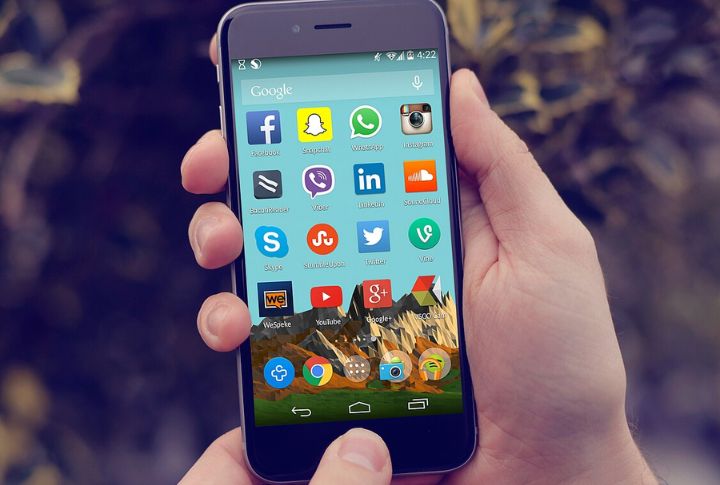
It gives users control over nearly every aspect of their device’s look and feel. Home screens can be personalized with widgets and custom launchers like Nova or Lawnchair. Third-party keyboards and automation apps like Tasker take it further by enabling custom triggers and routines for daily use.
Device Variety And Price Flexibility

There is a large range of smartphones available to users, from high-end flagships to reasonably priced entry-level models. Every manufacturer contributes something unique, which makes it simpler for consumers to locate a gadget that suits their needs and price range.
Expandability And Storage Options
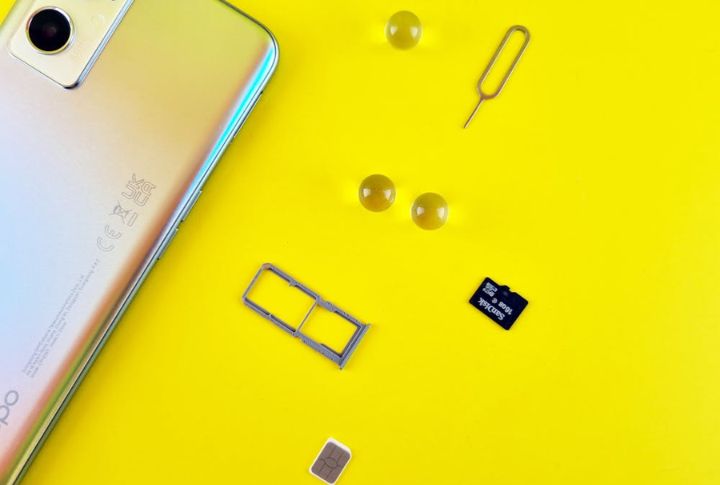
Android users appreciate the freedom to expand storage without relying solely on the cloud. Many devices still include microSD card slots, giving users control over how much space they have for photos, apps, and files. It’s a practical feature that longtime fans value and miss in other ecosystems.
Greater Control Over Apps And System
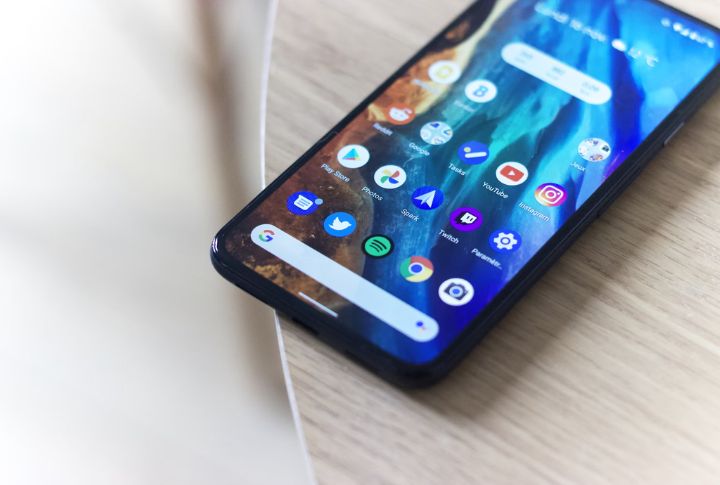
This system empowers users to sideload apps directly through APK files, bypassing the Play Store entirely if needed. App permission settings can be fine-tuned per app, and users can choose default apps for nearly every system function. Power users can even gain root access to system-level customization and control.
Value For Money
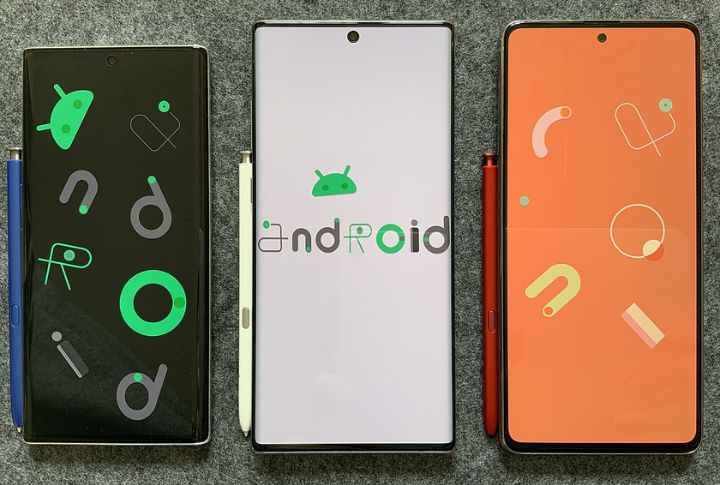
Android phones often deliver high-end features at more accessible price points. Devices in the $300–$500 range now include perks like 120Hz displays and 5G connectivity. Overall, a strong mid-range segment makes Android a popular choice for cost-conscious users who still want premium capabilities.
Now, let’s look at the attributes that Android users dislike.
Fragmented Software Updates
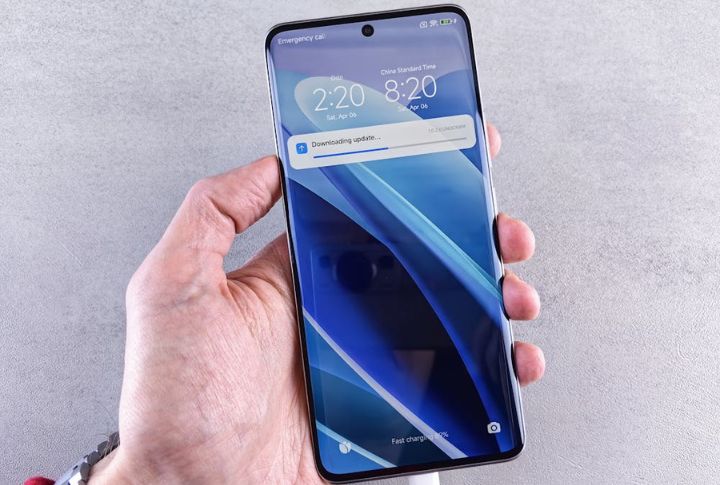
The updates aren’t rolled out uniformly. Google may release a new version, but it can take months to reach all devices. Manufacturers and carriers often delay or skip updates entirely, especially for budget models. As a result, users on the same Android version can still have vastly different features or security patch levels.
Security Concerns

The openness of Android’s app ecosystem brings flexibility, but it also invites risk. Sideloaded apps or those from third-party stores may bypass Google’s security filters, exposing devices to malware or spyware. The result is a broader attack surface compared to the tightly controlled iOS ecosystem.
Performance And Stability Variability
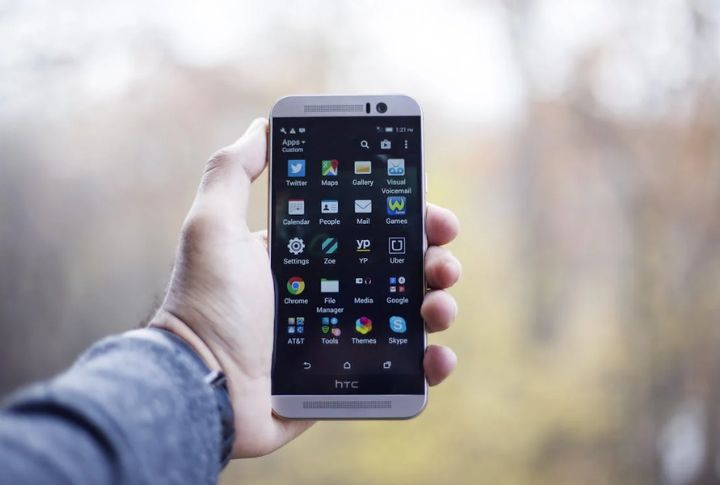
User experience on Android can vary dramatically depending on the device’s hardware and software. Mid-range and entry-level phones can struggle with lag and app crashes, especially as they age. Custom skins like MIUI or One UI may also introduce bloatware or inconsistent performance.
Battery And Power Management Issues
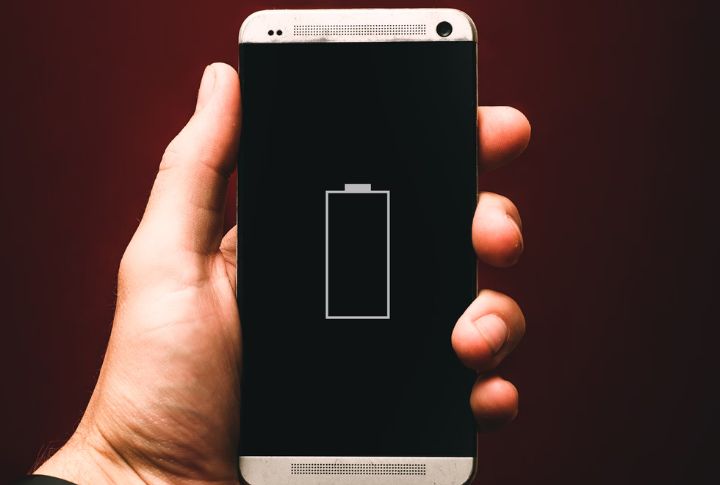
With greater background freedom comes higher battery consumption. Android’s flexibility allows more processes to run behind the scenes, which can lead to unpredictable battery drain. Fast-charging implementations vary by brand, and not all are optimized for battery longevity.
Support And Customer Service

Android users face inconsistent after-sales service, as support depends entirely on the device manufacturer. Unlike Apple’s centralized service model, Android lacks universal service centers. Warranty and software support vary widely, making it harder to get standardized help.

